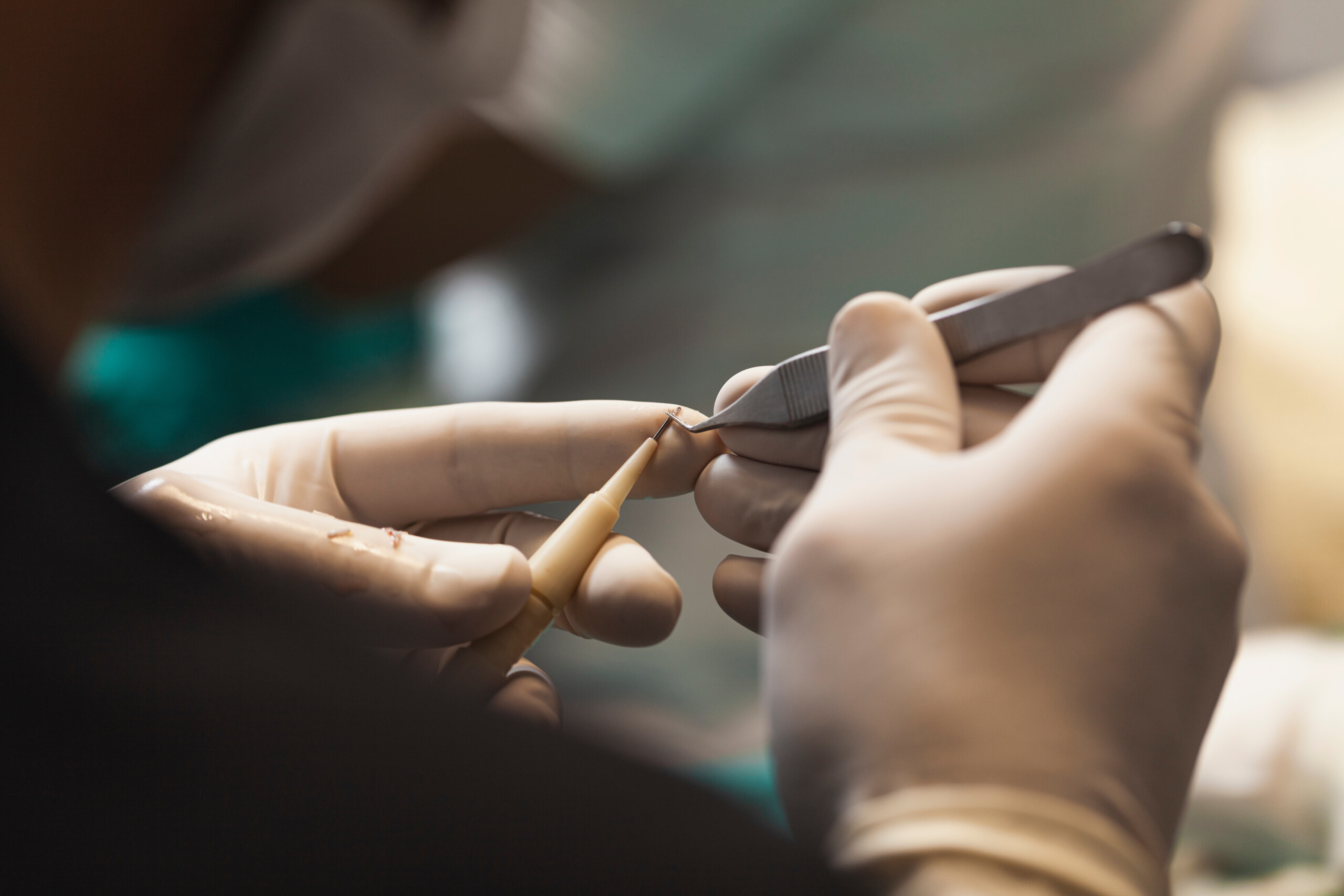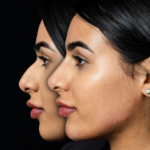The Blog How Does a Hair Transplant Work?
Hair today, gone tomorrow… and back again! Hair loss does not have to be the final word for your appearance – a full head of hair CAN be yours, even after substantial thinning or partial balding.
If you’ve regarded your diminishing locks as a permanent departure made by your hair, and you’ve given up on expecting it to return, or you feel like your premature balding is a cruel joke played on you by your genetics, you’ll be pleased to know it’s not something you have to resign to living with!
Take back control over your hair growth and restore what’s rightfully yours, with hair transplant surgery – a safe, highly effective procedure that’s completed in one day.
Hair transplantation is minimally invasive, and it’s been proven long-term for its efficacy, natural-looking results, and success in restoring full, lush and youthfully strong hair growth for balding areas of the scalp.
It involves relocating hairs from a donor site (usually located at the back of the scalp) to wherever they are needed. Precise placement of these relocated hairs is designed to achieve your desired aesthetic outcome – whether that’s restoring a hairline or filling in areas of thinning or baldness. You can expect an entirely natural result, and with that, patients report having a newly confident outlook.
The most common reasons that people pursue a hair transplant are to:
- Strengthen and restore a receding hairline
- Add visual density to the body of hair
- Create or fortify a beard or moustache
- Change to feminine or masculine hairline for gender reassignment
Sound like science fiction? Well, scientific it is, but the efficacy of this procedure is fact. Hair transplant surgery has been proven for decades to be a long-term solution to hair loss, with real evidence, results and practical success to back up its theory. Not only that but technique and technology is ever evolving and improving.
Here we’ll explain exactly what makes hair transplant surgery a scientifically proven and reliable treatment option for restoring and fortifying natural hair growth.



























 Face & Neck Treatments
Face & Neck Treatments  Body Treatments
Body Treatments  Laser Treatments
Laser Treatments  Skin Treatments
Skin Treatments  Concerns
Concerns  Before & After
Before & After  Treatment Aftercare
Treatment Aftercare